
1) Exaggerated use of space
The right amount of space can make or break a design. Whether it is white, a background color or surrounds text or images, “empty” space in a design can speak volumes. Exaggerated use of space is one of those design trends that can be a lot of fun, and when used well it can be rather effective in helping users know just how to look at or use a website or app. Open space is an extension of minimal styles that have been popular for some time, but with one major exception: Rather than a symmetrical outline with space all around, these designs balance images or text with space in a more asymmetrical format. Think about it from the user perspective. They will likely be drawn immediately to the open part of the design, whether they think about it consciously or not. From there, the eye will hop to the more populated part of the design. The two step process grabs users’ attention and almost shows them where to look. Pretty smart, right? This simple balancing act is visually interesting and great for making a strong impact. Look at the examples below and think about the space in relationship to what you see next: Vera Wang: Space on the left moves the user to the clothing on the women. Perfect for a fashion designer.
Vera Wang: Space on the left moves the user to the clothing on the women. Perfect for a fashion designer.
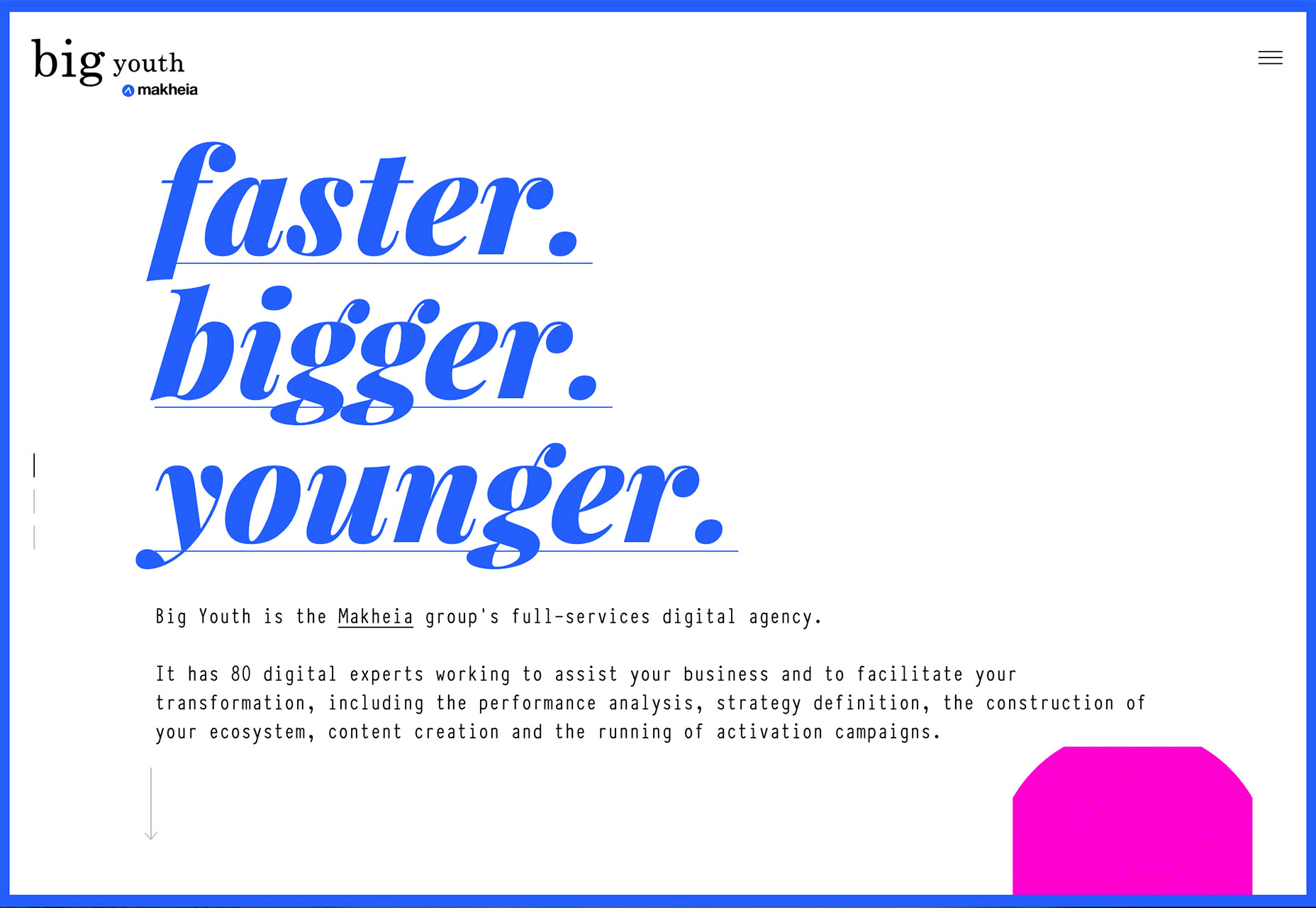 Big Youth: Space around the text draws users to the headline. The headline should always be one of the first things someone looks at on the page.
Big Youth: Space around the text draws users to the headline. The headline should always be one of the first things someone looks at on the page.
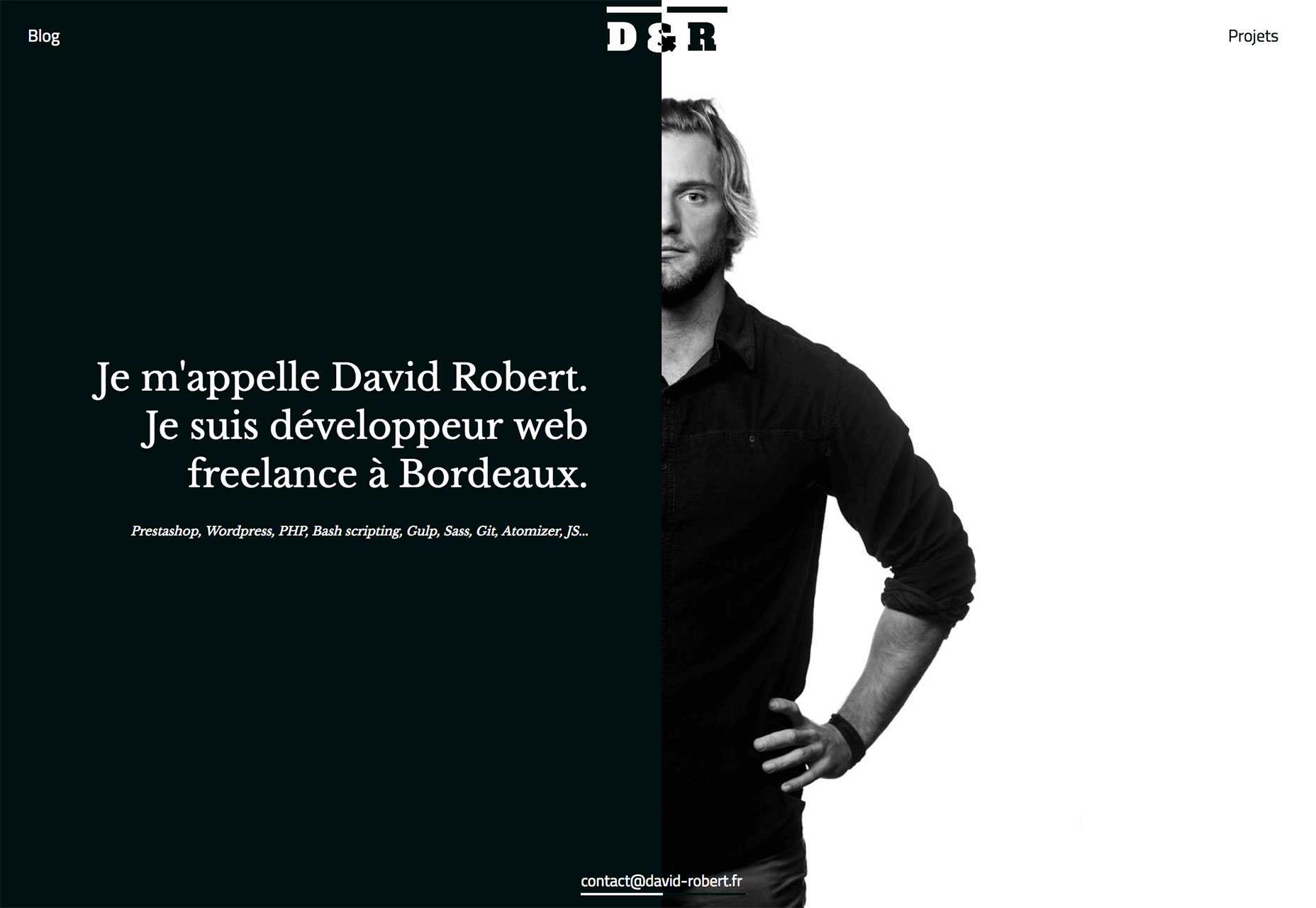 David Robert: Space pulls the eye first to the person and then to his bio. Contrasting light and dark elements also help enforce this movement. Interesting because you read from right to left and it feels quite creative. Something you’d probably look for in a designer.
David Robert: Space pulls the eye first to the person and then to his bio. Contrasting light and dark elements also help enforce this movement. Interesting because you read from right to left and it feels quite creative. Something you’d probably look for in a designer.
2) Shopping experiences
When it comes to shopping online, experience tend to fall into two categories: The almost seamless experience offered by major retailers such as Amazon or the clunky too-many clicks to checkout experience that is common among small shops. There’s got to be something in the middle, right? More retailers are opting for highly visual, more experiential design styles for their online stores. While the trend seems to work best for shops with only a few items to choose from, it’s a neat take on user experience. The examples below tend to come from shops that are a little higher end and don’t hit you with huge navigation menus and hundreds of options right from the start. The focus is on the beauty or uniqueness of the item and the story behind it. Then on scroll or hover do you find that you can actually buy the item right there. The design has a more visual feel, using Instagram-influenced photos, and card-style interfaces that encourage clicks. Items in these retail designs don’t seem to come with many options per item; items are more specifically made to order as is. While this concept wouldn’t work well for shops with large inventories or complicated levels of options or customizations, it is a nice alternative for retailers that want to exhibit a high-end feel with a high-end design. Each of these examples uses brilliant hover effects to show pricing but make the user want the item before they even think about impact to the pocketbook. The other commonality? You can’t find a single price until the scroll. The first screen is designed to increase desire through a product story.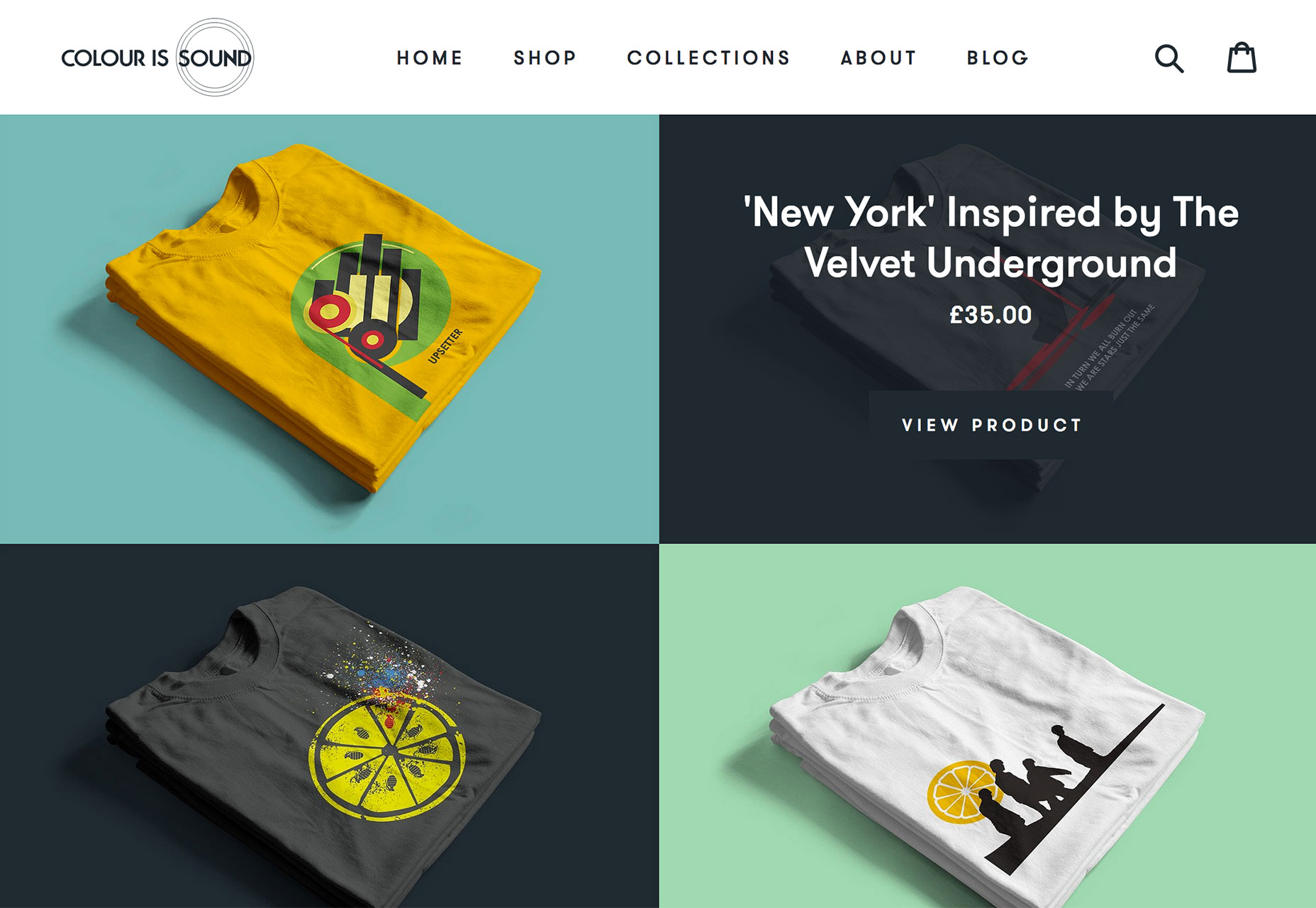


3) Pastel color palettes
Softer colors are coming back in a big way. While brighter, bolder palettes have been the go-to for some time, that seems to be shifting. The usage, however, is not. Pastel hues are being used with flat and material design projects in a way that gives new life to these design styles. While you might think pastel colors are best saved for backgrounds, that’s not always the case either. While a pastel background can be easy to work with – many styles of text are highly readably on light backgrounds in darker colors – they can be used in other ways as well. Pastel based images for hero headers and dominant imagery is popular. Many designers seem to be pulling color palettes from these images. Or is it the other way around? Either way, image and photo matching with pastels palettes can be a striking combination that set a softer tone, such as the website below for The Bridal Planner. The Infinity Foods uses a similar technique, pairing pastel neutrals with images that have a similar color theme. Other designers are using less saturated color palettes as a new take on trends that some could argue to be overused. Rentberry uses a fun palette with a distinctly material style. What really makes the design pop is that it works and looks just as you would expect, but the color almost causes you to do a double-take. This little element of surprise is a fun bonus for users. And an easy way for designers to make a mark on a design aesthetic that is all too common.
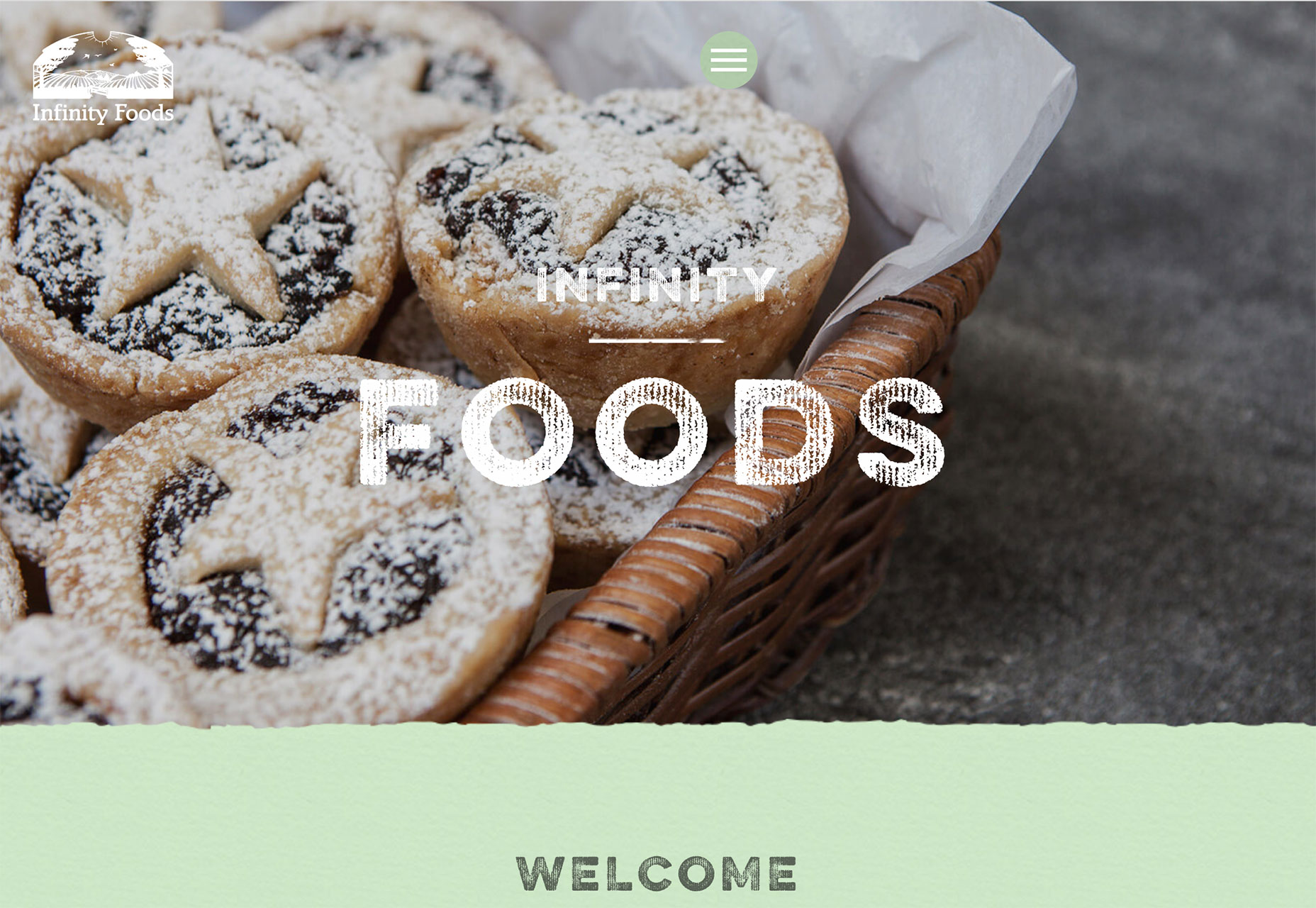
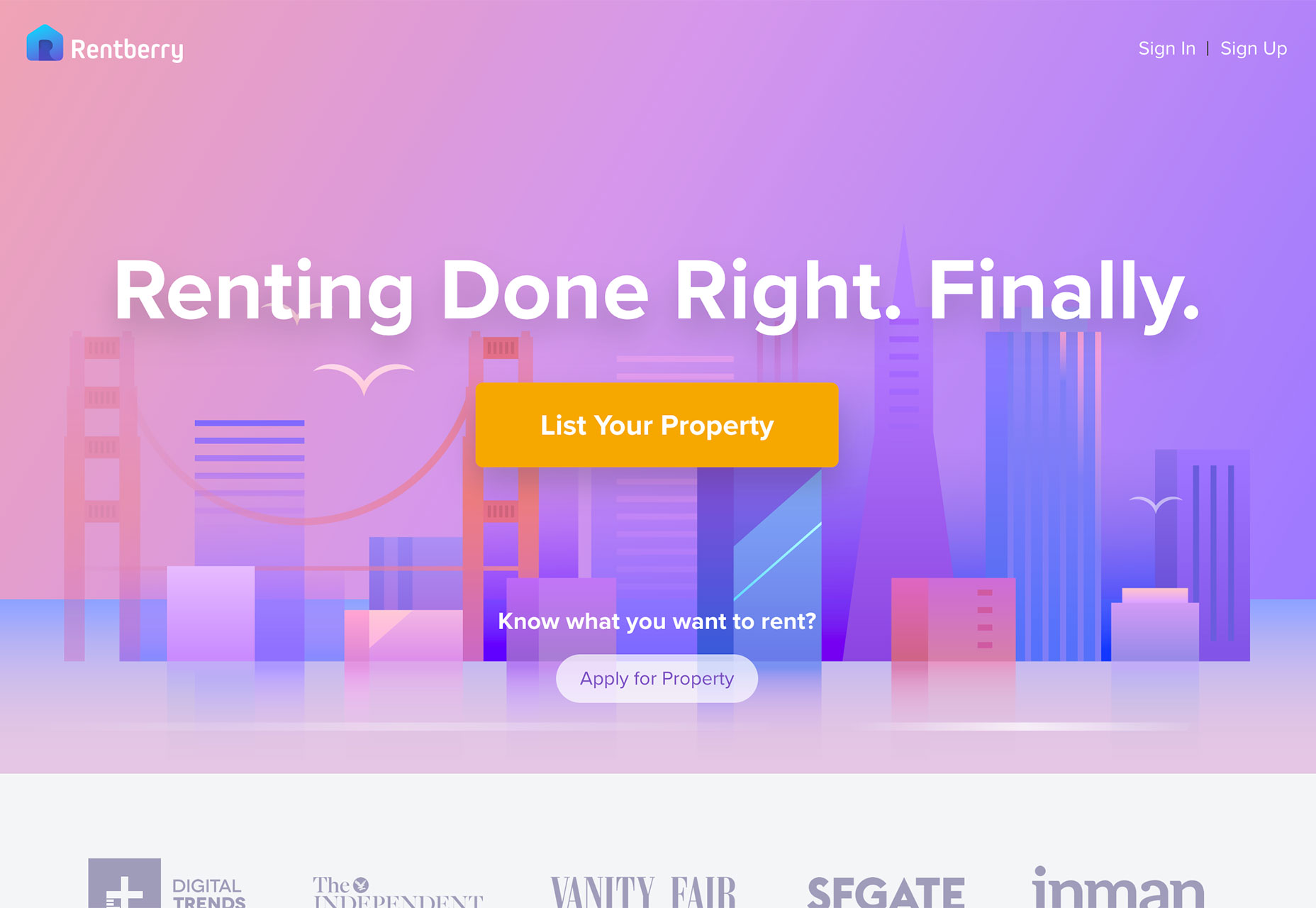
Conclusion
While trends can be pinpointed in snapshots of time, they don’t always hang around. Which of these trends do you think is the most applicable to your projects? How do you see them evolving? The shift in shopping experiences is intriguing and has the potential for staying power for low inventory, high end shops. What trends are you loving, or hating, right now? I’d love to see some of the websites that you are fascinated with. Drop me a link on Twitter; I’d love to hear from you.Carrie Cousins
Carrie Cousins is a freelance writer with more than 10 years of experience in the communications industry, including writing for print and online publications, and design and editing. You can connect with Carrie on Twitter @carriecousins.
Read Next
3 Essential Design Trends, May 2024
Integrated navigation elements, interactive typography, and digital overprints are three website design trends making…
How to Write World-Beating Web Content
Writing for the web is different from all other formats. We typically do not read to any real depth on the web; we…
By Louise North
20 Best New Websites, April 2024
Welcome to our sites of the month for April. With some websites, the details make all the difference, while in others,…
Exciting New Tools for Designers, April 2024
Welcome to our April tools collection. There are no practical jokes here, just practical gadgets, services, and apps to…
How Web Designers Can Stay Relevant in the Age of AI
The digital landscape is evolving rapidly. With the advent of AI, every sector is witnessing a revolution, including…
By Louise North
14 Top UX Tools for Designers in 2024
User Experience (UX) is one of the most important fields of design, so it should come as no surprise that there are a…
By Simon Sterne
What Negative Effects Does a Bad Website Design Have On My Business?
Consumer expectations for a responsive, immersive, and visually appealing website experience have never been higher. In…
10+ Best Resources & Tools for Web Designers (2024 update)
Is searching for the best web design tools to suit your needs akin to having a recurring bad dream? Does each…
By WDD Staff
3 Essential Design Trends, April 2024
Ready to jump into some amazing new design ideas for Spring? Our roundup has everything from UX to color trends…
How to Plan Your First Successful Website
Planning a new website can be exciting and — if you’re anything like me — a little daunting. Whether you’re an…
By Simon Sterne
15 Best New Fonts, March 2024
Welcome to March’s edition of our roundup of the best new fonts for designers. This month’s compilation includes…
By Ben Moss
LimeWire Developer APIs Herald a New Era of AI Integration
Generative AI is a fascinating technology. Far from the design killer some people feared, it is an empowering and…
By WDD Staff
















